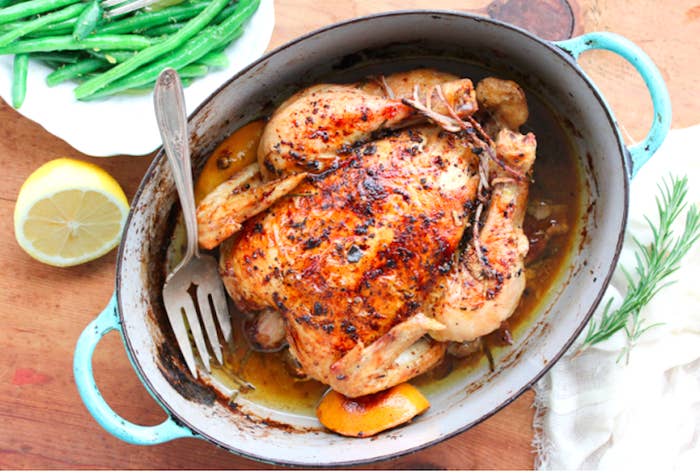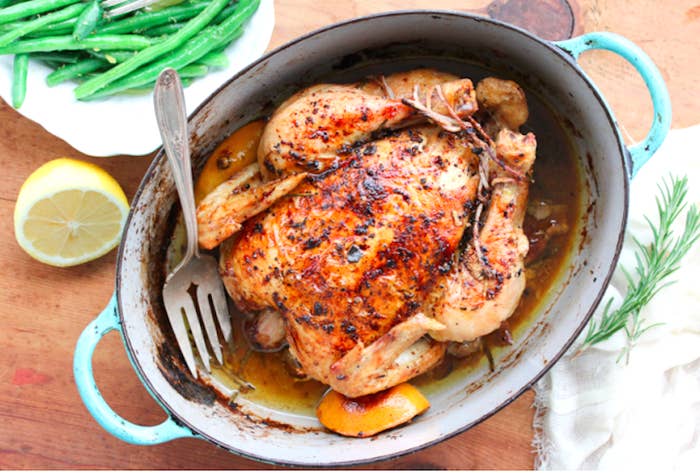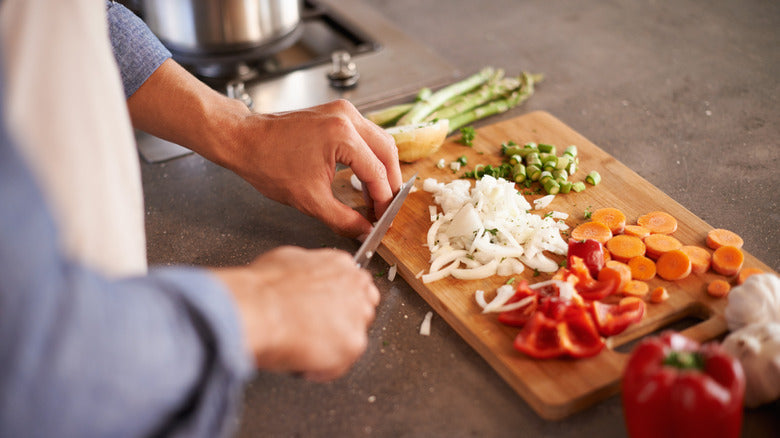When it comes to baking bread, choosing the right size of a dutch oven is crucial. Understanding what size dutch oven for bread is essential for achieving that perfect crust and tender crumb. In this article, we'll delve deep into this topic, offering insights and tips for kitchen professionals who are looking to elevate their baking game.
The joy of baking bread is unparalleled; the aroma that fills the kitchen, the satisfaction of shaping dough, and the delightful taste are all incredibly rewarding. However, if you're opting to bake your loaf in a dutch oven, the size can significantly impact the outcome of your bread. This guide aims to help you choose wisely.

Understanding Dutch Oven Sizes
Dutch ovens come in various sizes, typically measured by volume in quarts. The two most common sizes for baking bread are 5 to 7 quarts. When selecting a size, consider the following factors:
- The type of bread you wish to bake
- The volume of dough you usually prepare
- The desired crust and crumb texture
Small Dutch Ovens (3 to 4 Quarts)
A smaller dutch oven can be suitable for personal-sized loaves or smaller batches of dough. If you're making a sourdough or a rustic loaf, consider using a 3 to 4-quart pot. This size is ideal for baking bread like focaccia or single loaves. The heat circulation is optimal in a smaller space, allowing for a crispy crust.
Medium Dutch Ovens (5 to 6 Quarts)
For professional bakers, a 5 to 6-quart dutch oven is a fantastic balance. This size is perfect for batch baking, whether you are preparing a couple of loaves or experimenting with loaf shapes. When you're making hearty bread like boules or pain de campagne, this size will accommodate your needs wonderfully.
Large Dutch Ovens (7 Quarts and Above)
A larger dutch oven, such as a 7-quart model, provides ample space for multiple loaves or larger baking projects. If you are planning to bake larger batches for gatherings or events, this size is highly recommended. However, remember that larger ovens can create uneven heat if the dough is sparse. Baking multiple smaller loaves can mitigate this issue.
Choosing the Right Size for Your Specific Bread Types
The type of bread you intend to bake also plays a role in determining the size of the dutch oven. Different styles of bread will experience varying levels of success based on the size you select.
Sourdough Bread
If your choice is sourdough, opt for a 5 to 6-quart dutch oven. This size allows for maximum dough expansion during the baking process, ensuring a beautiful rise and crust.
Rye Bread
Rye bread can be dense, so using a 4 to 5-quart oven is best for achieving the perfect balance of crust and texture.
Artisan Bread
For artisan-style bread or free-form loaves, a 6 to 7-quart dutch oven is ideal. This size accommodates larger dough bundles without crowding.
Tips for Baking Bread in a Dutch Oven
Once you have settled on the size, here are some actionable tips to produce exceptional bread:
- Preheat your dutch oven to retain heat, which helps with crust formation.
- Use parchment paper to ensure your dough slides in effortlessly.
- Do not overcrowd your dutch oven; give the dough space to rise and expand.
- Experiment by baking at different temperatures to discover your perfect crust.
Cleaning Your Dutch Oven
After whipping up your delicious bread, it's essential to maintain your dutch oven's integrity. A well-maintained dutch oven can last for generations. For cleaning tips, you can check this cleaning guide.
Frequently Asked Questions
1. Can I use my non-cast iron dutch oven for baking bread?
Yes, you can use a non-cast iron dutch oven though the results may differ slightly in terms of heat retention and crust texture.
2. How do I know if my dutch oven is the right size?
Measure your dough before baking. Aim for a dutch oven that allows at least an inch of space around your dough.
3. Is it necessary to have a lid for baking bread?
Yes, a lid is critical for generating steam, which contributes to a crusty exterior.
:max_bytes(150000):strip_icc()/Which-Dutch-Oven-Size-Is-Right-for-You-FW-tout-72667962e9d849258bce69ba1e82a7b9.jpg)
Conclusion
In summary, the question of what size dutch oven for bread can affect the quality of your baked goods significantly. Whether you choose a small, medium, or large size, understanding your baking goals and the bread type will guide your choice effectively. Remember to experiment with these tools to find what works best for you and your kitchen. Happy baking!
As an Amazon Associate, I earn from qualifying purchases.






Leave a comment
This site is protected by hCaptcha and the hCaptcha Privacy Policy and Terms of Service apply.